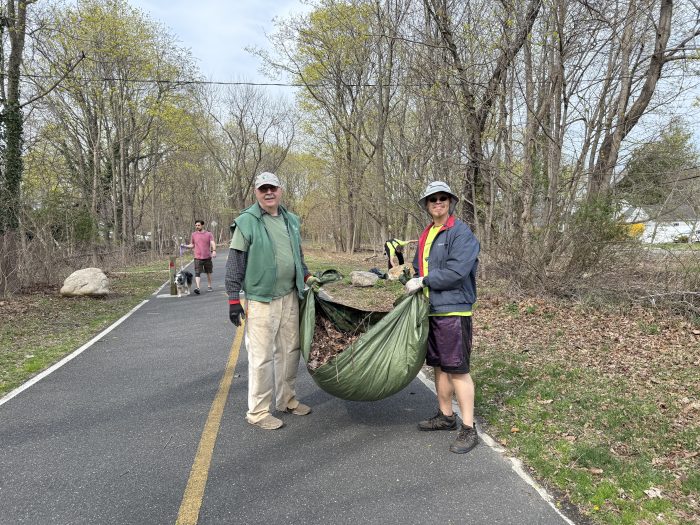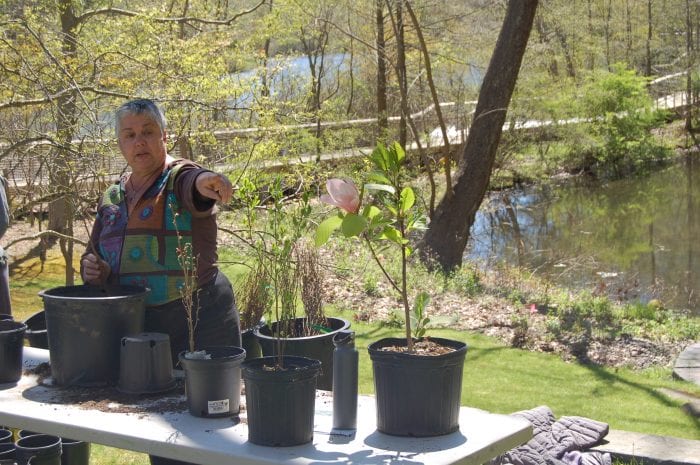May 20 is World Bee Day, an opportunity to celebrate not only the beloved honey bee, but North America’s 4,000 species of native bees, many of which are busy right now.
“Throughout spring and summer, these insects dutifully pollinate crops and wildflowers, playing a vital role in fostering healthy ecosystems,” says Clay Bolt, manager of Pollinator Conservation and Great Plains communications, World Wildlife Fund.
According to Bolt, native bee species are beautifully varied in their appearance, behaviors, feeding habits and habitats.
They can be striped, metallic, fuzzy, thin and rotund, in a spectrum of colors. The world’s smallest species—the Euphorb mini-fairy bee—is only found in southern deserts. At 2 millimeters, it is about as long as a U.S. nickel is thick.
Different bee species fly at different times—early morning, daytime or night. Many emerge seasonally in spring or summer, while others remain hidden underground for years awaiting summer monsoons. Bees inhabit diverse environments, from cold mountain peaks to beaches. Generalist species visit many flower types, while specialists pollinate only specific flowers. And unlike bumble bees and other hive-dwelling bee species, such as honey bees and stingless bees, over 70% of the world’s bee species are in fact solitary, hardworking moms who quietly nest in overlooked places like decomposing logs and alongside garden paths.
If you’ve ever asked yourself, “what is a bee?” you might be surprised to learn that they are vegetarian wasps. However, unlike their wasp relatives, which often feed their young protein in the form of paralyzed insects and the hamburger they might steal from your picnic table, most bees provide their offspring with protein made from pollen mixed with nectar. The mother bee compacts these materials into a pellet and places it within her nest cavity, lays a single egg atop the mixture, then seals the chamber where the young bee will develop entirely without maternal assistance.
How can you help bees?
Sadly, bees face threats to their survival, but there are steps you can take to help protect them.
Bees need healthy, pesticide-free foods throughout their lives. This is one of the greatest gifts you can offer these pollinators, especially because parks and gardens often grow flowers that only bloom during peak summer. By planting a variety of plants that flower from early spring through autumn, the number of native bees and other pollinators visiting your garden will increase exponentially.
“Through small acts of kindness, you can transform the lives of these remarkable creatures, while filling your heart with profound hope and wonder as you witness their delicate yet ongoing care of our shared world,” says Bolt.
World Bee Day also kicks off World Wildlife Fund’s new “Stories of Hope and Wonder,” an ongoing series that connects people to the wonder of nature and offers hope for a future benefiting both people and wildlife. Each month, “Stories of Hope and Wonder” will feature a different species overcoming some of nature’s toughest obstacles to ensure its survival. To access these stories, visit www.worldwildlife.org/hopeandwonder.
Bees are industrious creatures that are essential to vital food systems and healthy ecosystems. While bees are at risk, individuals can make all the difference in their own backyards this World Bee Day and beyond.
— StatePoint

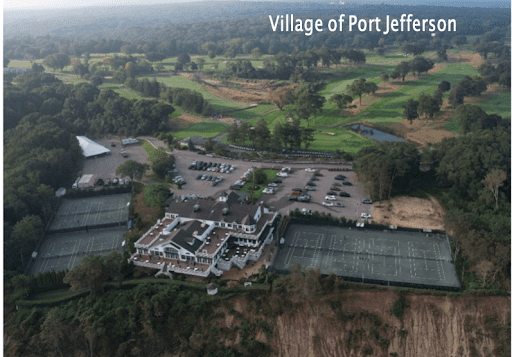


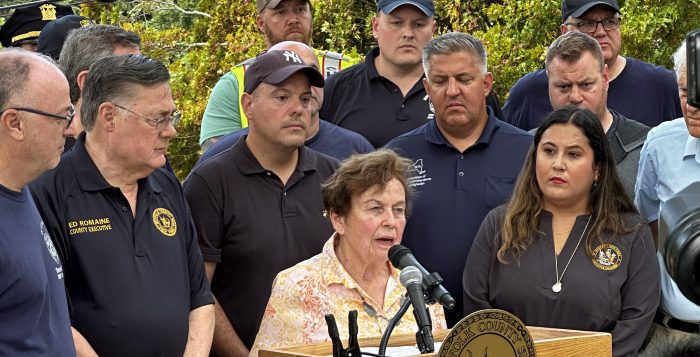
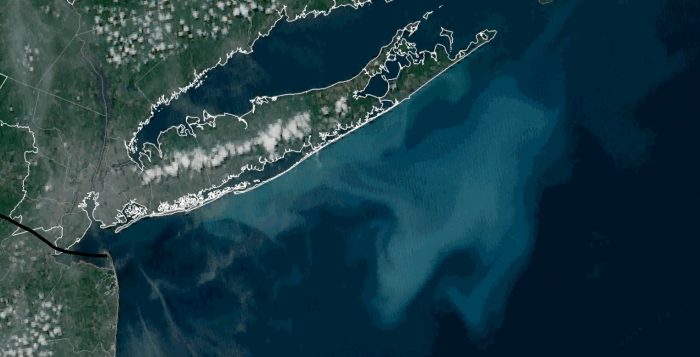
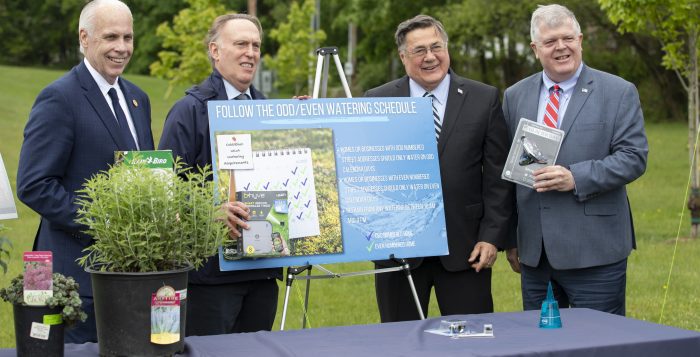

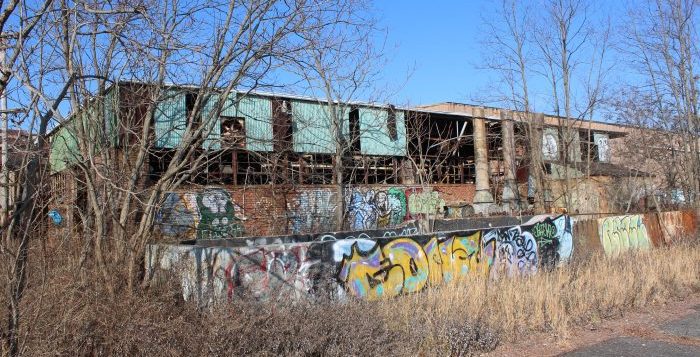
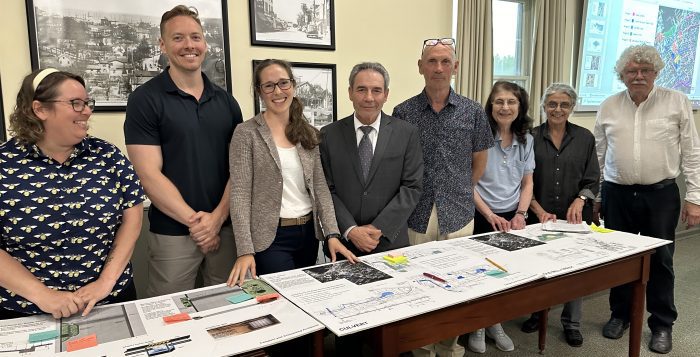

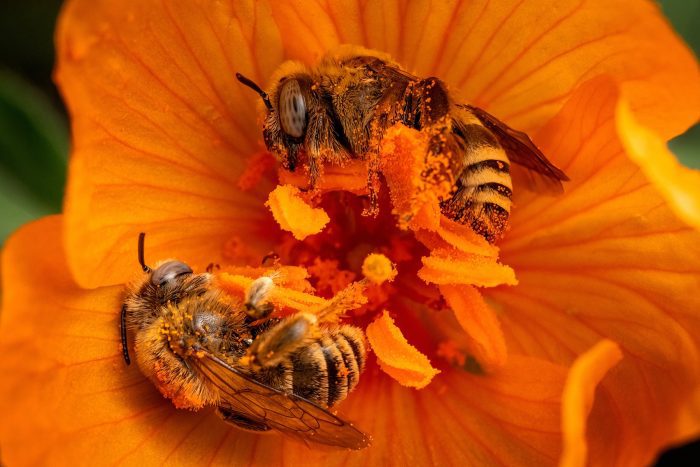

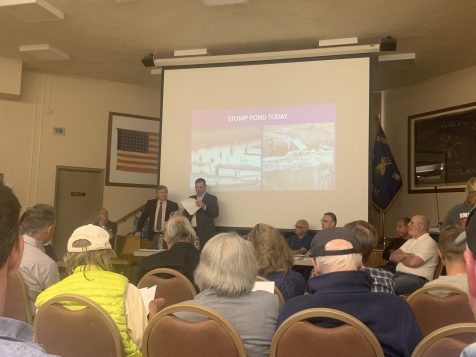
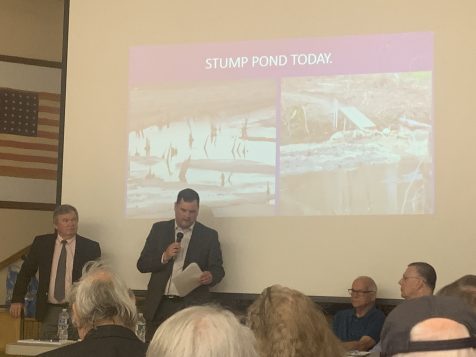

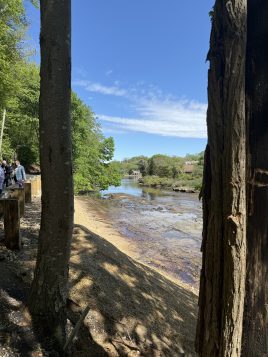
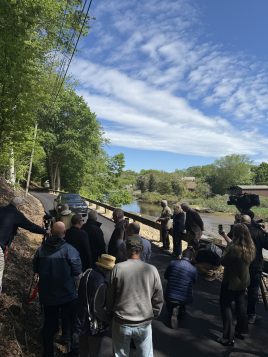
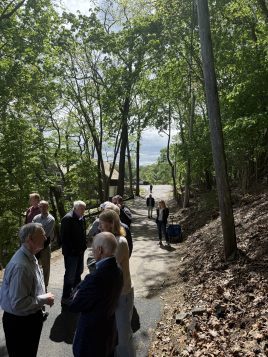

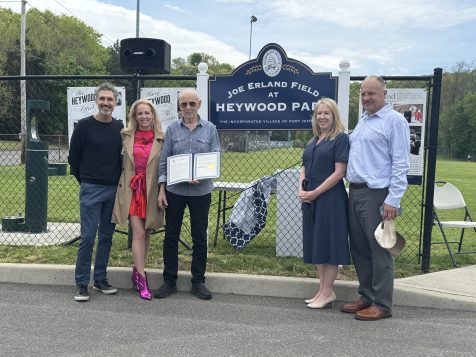

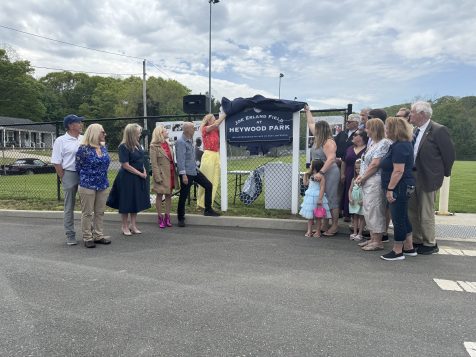
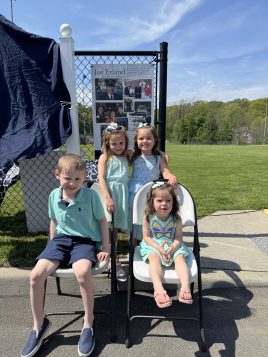
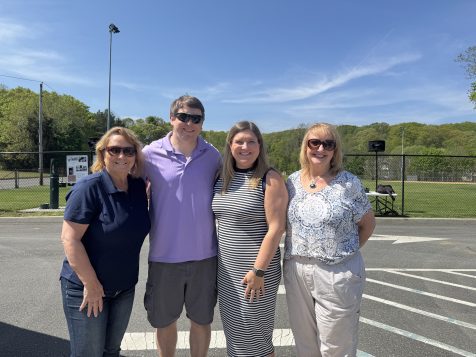
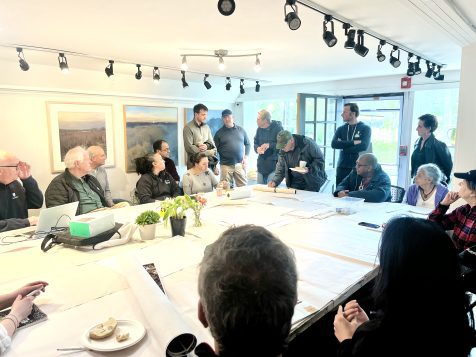
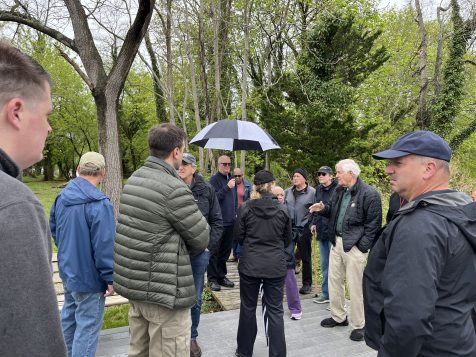
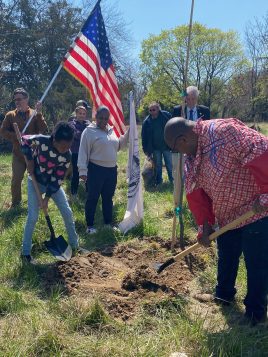
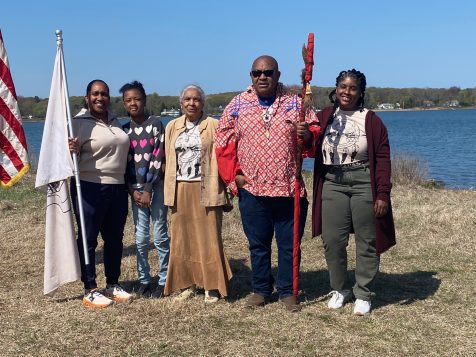
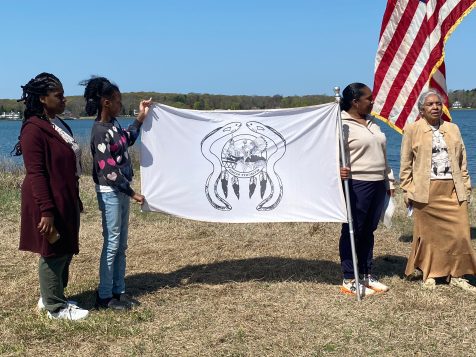




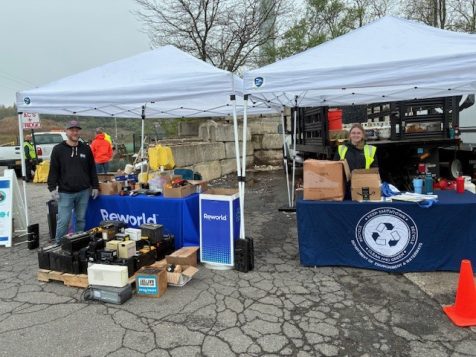
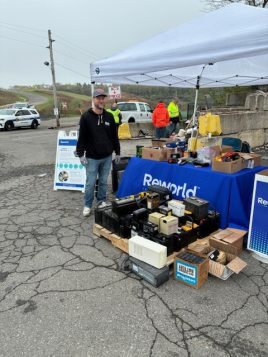

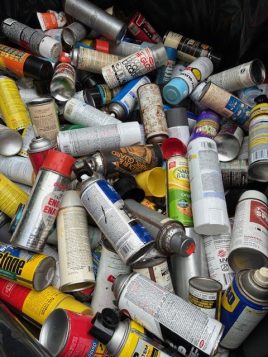

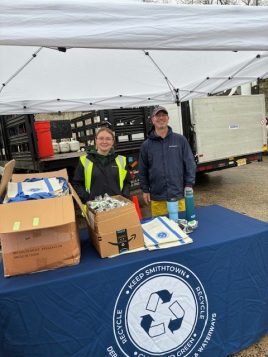
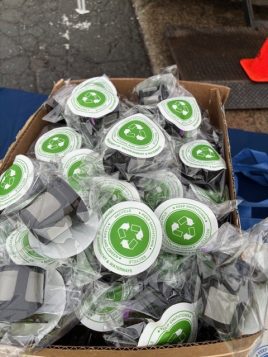
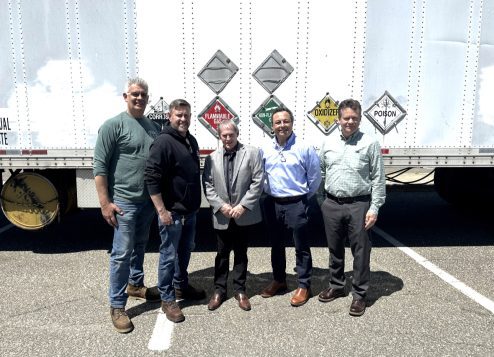
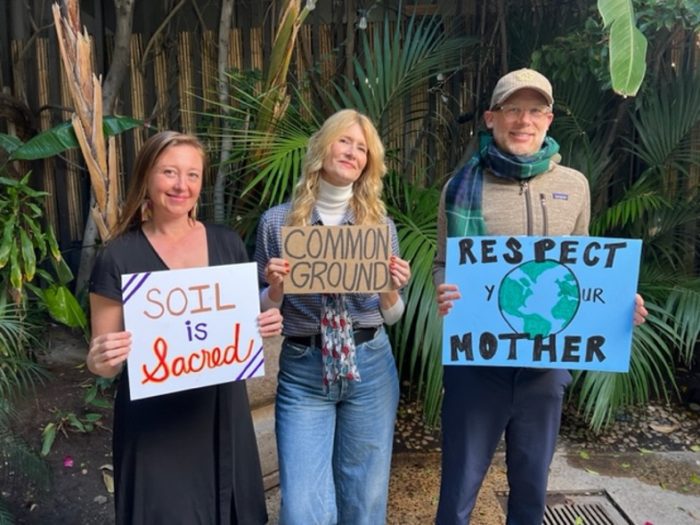
 Tickell (along with Rebecca Harrell Tickell) produced and directed the documentary Kiss the Ground (2020), which explored the issues raised in the book. The film shares interviews with farmers, scientists, and environmentalists. The focus is the power of healthy soil and its healing powers for humanity and the earth as a whole. Narrated by Woody Harrelson, the film features the well-known {model/ U.N. Good Will Ambassador Gisele Bünchden, NFL quarterback Tom Brady, etc.) along with authors and environmentalists. Kiss the Ground was lauded for its good intentions but received criticism for an often simplistic approach to the solution, especially concerning climate change.
Tickell (along with Rebecca Harrell Tickell) produced and directed the documentary Kiss the Ground (2020), which explored the issues raised in the book. The film shares interviews with farmers, scientists, and environmentalists. The focus is the power of healthy soil and its healing powers for humanity and the earth as a whole. Narrated by Woody Harrelson, the film features the well-known {model/ U.N. Good Will Ambassador Gisele Bünchden, NFL quarterback Tom Brady, etc.) along with authors and environmentalists. Kiss the Ground was lauded for its good intentions but received criticism for an often simplistic approach to the solution, especially concerning climate change.